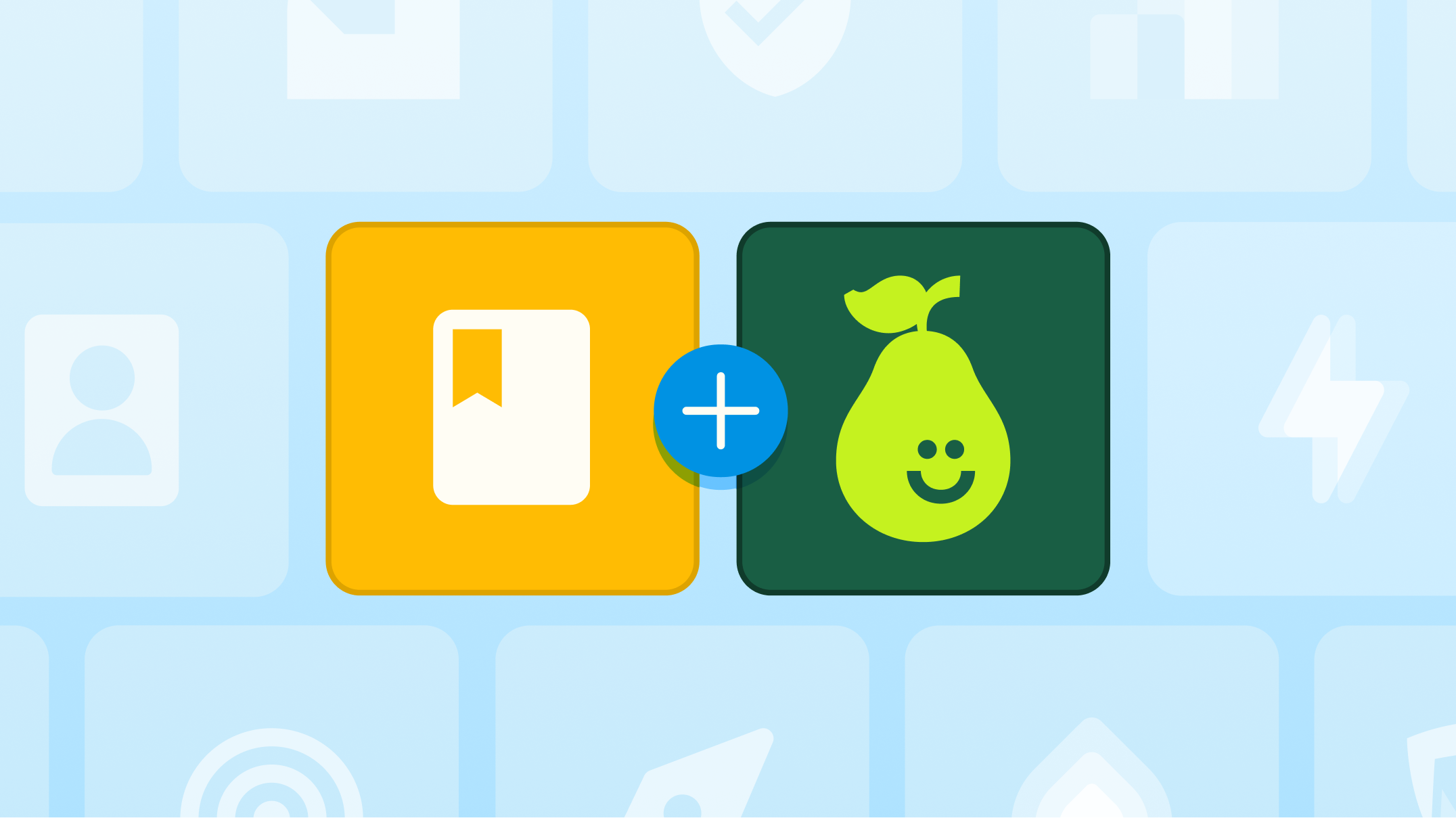Back to Basics: Checking the Emotional Pulse of Students

Creating a safe space for students to find joy in learning new things and express themselves has always been of great importance to educators. Checking the emotional pulse of students is vital to ensuring education stokes wonder and makes them feel heard, especially in today’s classrooms. Below, you’ll find a variety of meaningful and achievable practices that will help make checking in on students’ emotional well-being a simple — yet powerful — part of your day.
Creating classroom community shows you care
The easiest way to start the year showing students you care about them is through building a strong classroom community. The first week of school looks different for everyone — some include uncomfortable icebreakers, while others start right off the bat hitting the books. However, forming relationships and building rapport creates a positive learning environment where students feel safe and loved.
There are a variety of meaningful practices that enable positive teacher-student relationships, as well as student-peer relationships, to form. Exercises and activities that promote relationship building are essential in creating a positive classroom community and are easy to do! Some of my favorite activities include STEM team building activities, “show and tell” about an object that represents them, “I wish my teacher knew…” statements, and creating our social contract (a set of classroom expectations created by students that we all sign).
Tips and tricks to get you there
#1 Greeting students
Checking in on a student's emotional well-being can vary from daily to weekly, bi-weekly, or monthly. A simple way to start includes greeting students outside your classroom door everyday. You would not believe the difference this makes or the conversations it sparks! This also allows teachers to check in on the body language of students prior to coming into class.
#2 Morning meetings
Hosting morning meetings with updates for the day/week keeps students informed. The “rose and thorn” method is another way I keep routine consistent while also checking in on students. Although there are different variations, sharing a “rose” includes anything positive such as a good dinner, winning a soccer game, or playing at the park, while a “thorn” may be something negative. Although I share everyday, this daily activity is voluntary and allows students to share their level of vulnerability. As the year progresses, we all tend to share more personal items, including myself.

#3 SEL journaling
Journaling is an additional way to check in on a student's emotional pulse and can be implemented sporadically throughout the week or month. Whether or not your schedule includes Social Emotional Learning (SEL), allowing students this time to reflect on their emotions is extremely beneficial. There are many meaningful SEL journal prompts that allow students to express their feelings and emotions.
#4 Digital check-ins
Creating a Google Form check-in is another easy tool to check in on students socially or academically. Students can complete the digital form as a daily warm-up or at the end of the week’s learning. A benefit of using Google Forms is teachers can tailor it to the needs of their students based on the day or week. Responses can also be sent to a spreadsheet and then deleted so the same form can be used without teachers needing to recreate it.
#5 Pear Deck Classroom Climate feature
Pear Deck has an amazing feature, Classroom Climate, that allows teachers to gather insight on student moods and feelings. As a teacher, you can choose whether students reflect on their mood pre-lesson, post-lesson, or both. I use Pear Deck almost every day due to this feature. The data provides insight on how my students are doing emotionally, as well as feedback regarding their understanding of the lesson.

Whether you use one of these methods or one of your own, the important thing is to continue to check in on your students throughout this school year. Let’s prioritize these practices to ensure our students have a great year filled with engagement and excitement!

.svg)
.svg)
.svg)

.png)

